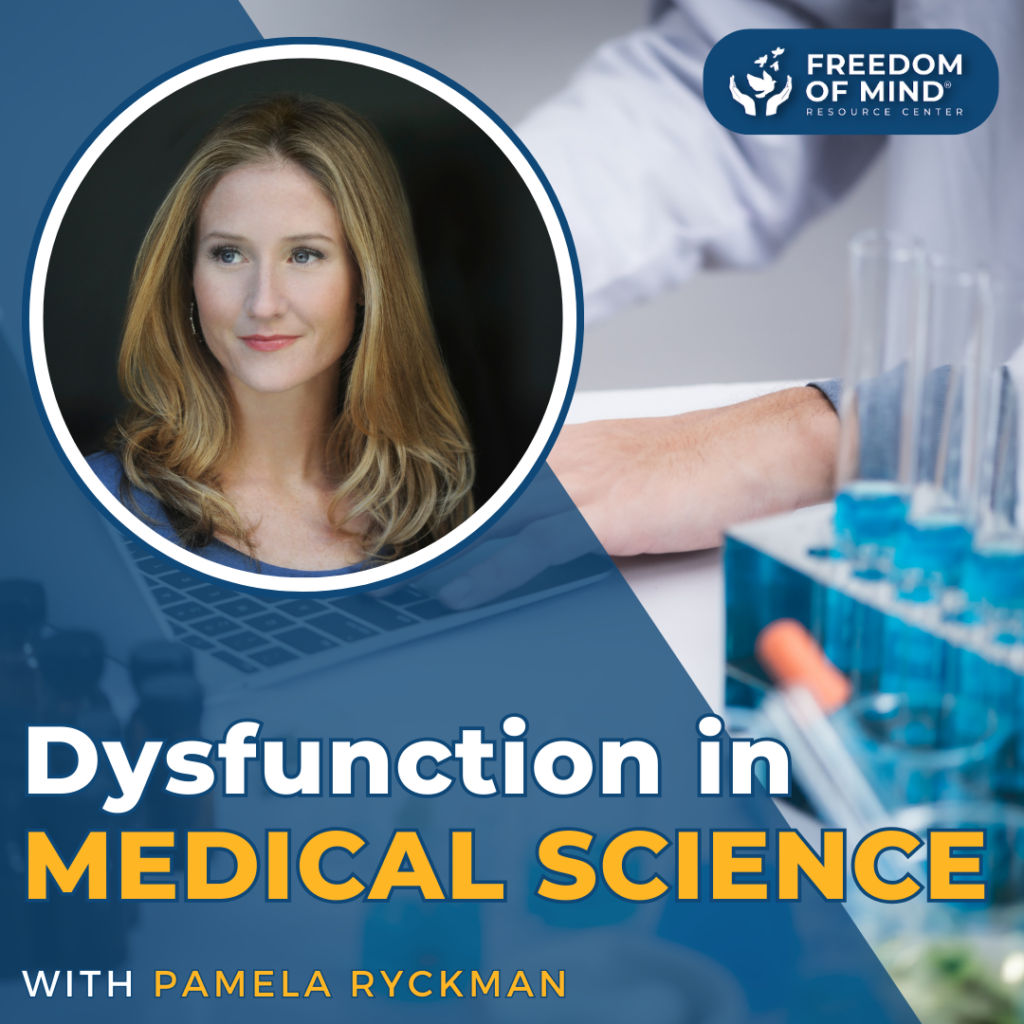
Earlier this month, former Ohio divorce attorney Michael W. Fine pleaded guilty to five counts of kidnapping and one count of attempted kidnapping. His crimes were not typical. Instead of using brute physical force, Fine used hypnosis.
In court documents Fine was accused of hypnotizing female clients for sexual purposes. According to my information, the first victim to step forward, Jane Doe 1, initially contacted police with her suspicions of sexual assault after she noticed she was unable to recall large portions of her time in meetings with Fine and that her clothes and bra were out of place after seeing him. At first, the police dismissed her complaints, advising her to simply find a new lawyer. However, Doe 1 persisted and allowed herself to be abused by Fine again so she could record what happened. After providing the recording to police and receiving the corroboration of a second victim, Jane Doe 2, the claims against Fine were examined more thoroughly and an investigation was opened. Eventually, Doe 1 helped police catch Fine in the act by wearing a listening device during a meeting. Law enforcement was able to hear and video record Fine using hypnotic techniques on his victim and catch him in the act before she was once again sexually assaulted.
After news of this case was made public, reportedly some 25 more of Fine’s unknown number of victims also came forward with similar claims. Additionally, Lisa Swenski, a judge that had previous professional dealings with Fine, recused herself from hearing the case after it was brought to her attention. She provided a statement detailing conversations she had personally had with Fine about the subject of hypnosis and stated that she suspected he had used hypnotic techniques on court employees as well as victims. After an emergency suspension by the Bar Association Fine voluntarily surrendered his law license and his lawyer issued a statement saying Fine was seeking “treatment.” He was eventually charged with multiple counts of kidnapping, rape, sexual battery, gross sexual imposition, attempted gross sexual imposition, possessing child pornography, and engaging in a pattern of corrupt activity.
This is a precedent setting case of how a person can be covertly put into trance, made to do something they would never agree to do (like have sex with their attorney), and then have amnesia surrounding these events. This case demonstrates several crucial elements of undue influence. I am thrilled to know that the justice system has given this case the attention it deserves, and I hope it leads to other prosecutions worldwide. Fine is set to be sentenced on November 7th, and I am hopeful that his prison guards receive training in hypnosis and undue influence so that they will not be susceptible to his techniques.
Fine, a predatory criminal, used his position as an attorney to gain trust with his clients. He targeted women who were vulnerable due to the stress of their legal issues. He induced a hypnotic trance and took advantage of this open-minded state in order to convince them that he would be their lover. This unethical abuse turned these women into victims of sexual assault, something for which there is no justification.
As a mental health professional who has learned the skillful art of hypnotherapy, I have been appalled to learn of websites which teach people how to use Neuro-Linguistic Programming (NLP) and hypnosis to rape others. I have taught lectures and workshops by professional organizations (NESCH.org, ASCH.net, ISHhypnosis.org) explaining how hypnosis is misused to recruit people into cults.
Hypnosis is a tool. Just like any other tool, it can be used to help or harm. For decades, I have known about the benefits of hypnosis used ethically in a therapeutic setting. For example, some people, listening to hypnosis CD’s done by reputable mental health experts can get help with sleep, pain, phobias, habits, anxiety, and other issues. By learning self- hypnosis and understanding how to go “inside” and achieve a hypnotic state, a person can access parts of their unconscious mind and replace dysfunctional beliefs with healthier ones: helping them feel calmer, more centered,and in control of their thoughts, feelings, and actions.
I recommend that people only go to an ethically trained professional. Many hypnosis “groups” offer 1 or 2 week “certifications.” So, it is important to be very careful. Check the trainer’s credentials and make sure they are real and from bona fide teaching and training institutions. Clear ethical guidelines need to be in place and enforced to minimize abuse. Please beware of people using stage hypnosis or those who are not trained mental health professionals. You have the right to record your sessions and ensure they are real-time, full-length recordings. If the person says “no,” then go elsewhere.
As we see with the Fine case, covert use of hypnosis (no informed consent) can be used to commit criminal acts. Next week, on October 1st and 2nd, I will be teaching a two day workshop on the “Dark Side of Hypnosis” for the British Society of Medical & Dental Hypnosis (BSMDH) in Stirling, Scotland. I will bring together my work helping people recover from undue influence and explain specific patterns of hypnotic manipulation including: confusion techniques; story-telling techniques; use of double binds; and phobia programming just to name a few. I will talk about cults, traffickers, and pimps, I will also discuss Daesh and other extremist cults and their use of hypnotic techniques. I have been teaching hypnosis societies around the world because I have found people with this training most easily understand how the mind can be programmed and identities changed: for the good or into slaves.




